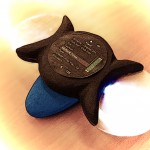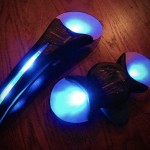Brief Description
In general, an Ambient Intelligence system enhances the physical space through technology, media and services. According to Aarts, is defined as a combination of context awareness, ubiquitous computing and natural interaction, in order to achieve a distributed system architecture integrates different typologies of basic devices, defined by their power consumption and functionality.
Within this scope, this project consists of designing an adaptive office that provides its user(s) with an enhanced working experience, by enabling different user-adaptation levels, based on needs and requirements. Considering the specific features of the typology of space selected (individual offices, group work spaces, meeting rooms, moveable offices, etc), the developed system should take in account current worker needs and trends in task accomplishment. This includes providing workers with adaptive options and possibilities that ultimately augment the level of efficiency via comfort, communication and access to services and information during the use of this space, e.g. temperature, sound, light, image, etc.
Continue reading →


